Irrigated potatoes: How much phosphorus fertilizer should you apply?
Study title: Yield and Quality Responses of Ivory Russet and Russet Burbank Potatoes to P Rate, Banded P Application, Soil Fumigation, and Mycorrhizal Inoculation in High-P Soils
Lead researcher: Dr. Carl Rosen
Years of study: 2020-2023
Location(s): Sand Plain Research Farm (Becker, Minnesota)
1. What we did
We are evaluating potato response to phosphorus (P) on high P testing soils (> 80 ppm Bray P1) in a field trial at the Sand Plain Research Farm near Becker, Minnesota. The study was initiated in 2020 and repeated in 2021. A third year is in progress in 2022. In all years, the sites selected have had a long history of growing potatoes. Each year, a total of 144 plots were evaluated. The plots included two potato varieties (Russet Burbank and Ivory Russet), nine P treatments, and two fumigation treatments (no fumigation vs fumigated). Each treatment was replicated four times. The nine P treatments included:
- A zero P control (treatment 1) and four preplant broadcast P rates (treatments 2-5) of 75, 150, 300, and 450 lbs/acre P2O5 as triple superphosphate (TSP);
- Two treatments inoculated in-furrow with a mycorrhizal liquid product at planting and receiving either (treatment 6) zero or (treatment 7) 150 lbs/acre P2O5 as TSP broadcast before planting;
- Two treatments receiving either (treatment 8) 75 or (treatment 9) 150 lbs/acre P2O5 as TSP banded at planting.
At harvest, yield and quality measurements were recorded as well as soil test P.
2. Why do this study?
Potatoes are grown on about 43,000 acres in Minnesota, most of which are irrigated. The soils are typically acidic and coarse-textured with low organic matter content. Phosphorus fertilizer recommendations for this crop are based on soil test P and yield goal, but previous studies have shown that economic responses can sometimes occur, even on high P testing soils. For this reason, some P fertilizer is usually recommended for this crop even when soil test P is high.
In a recent study conducted with a newly released potato variety, a linear P response up to 500 lbs P2O5/acre was found in a high P testing soil. This study was conducted on a grower’s field that was fumigated and had a long history of potatoes in the rotation. While results from studies similar to this have been reported previously, there are also situations where phosphorus response does not occur on lower P testing soils. It is unclear why potatoes grown on some soils are P responsive and are not responsive on others. This might be due to use of fumigation, which would eliminate or reduce mycorrhizal associations. Alternatively, the response might be variety-related, with some varieties more responsive than others due to a shallower and less extensive root system.
The overall goal of this research is to improve the predictability of potato response to P fertilizer in irrigated sandy soils. Specific objectives that that were carried out include:
- Compare P response of two potato varieties in fumigated and non-fumigated soils
- Determine the effect of mycorrhizal inoculation on P response
- Evaluate the effects of broadcast vs. banding on P response
3. What we learned
In the first year of the study, Ivory Russet yield increased linearly with increasing P rate while Russet Burbank yield was not significantly affected by P rate. In contrast, in the second year of the study, yield increased linearly with P rate in both varieties, with no difference in response between the two varieties. In both years, total and marketable yield were higher in fumigated plots than unfumigated control plots. However, response to P fertilizer occurred in plots that were fumigated and non-fumigated plots. Adding a mycorrhizal inoculant had no significant effect on total yield, indicating that P acquisition in potato plants was not limited by access to mycorrhizal association. Banding P fertilizer did not improve phosphorus use in the first year of the study but in the second year, banded application showed benefits to yield, suggesting that root spread may limit P use efficiency in potatoes. Overall, this study confirms that potatoes can be very responsive to P fertilizer even on soils where the probability of a response is low. Reasons for why these responses are occurring remain unclear, but it seems that use of fumigation or lack of mycorrhizae are not directly involved.
4. What’s next
We are in the third and final year of the study. Next steps are to evaluate a wider range of potato varieties for phosphorus use efficiency. A smaller study on a field with no potato history or fumigation is also being conducted to determine if P response is related to specific properties of soil that have a long history of growing potatoes. Because of the current high price of P fertilizer, the yield response to high P fertilizer rates may not always offset the price of extra fertilizer. A more detailed economic analysis is currently in progress.
